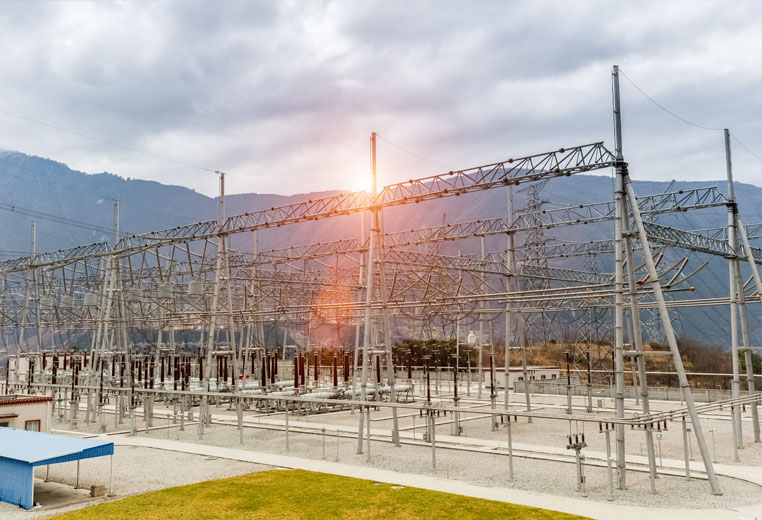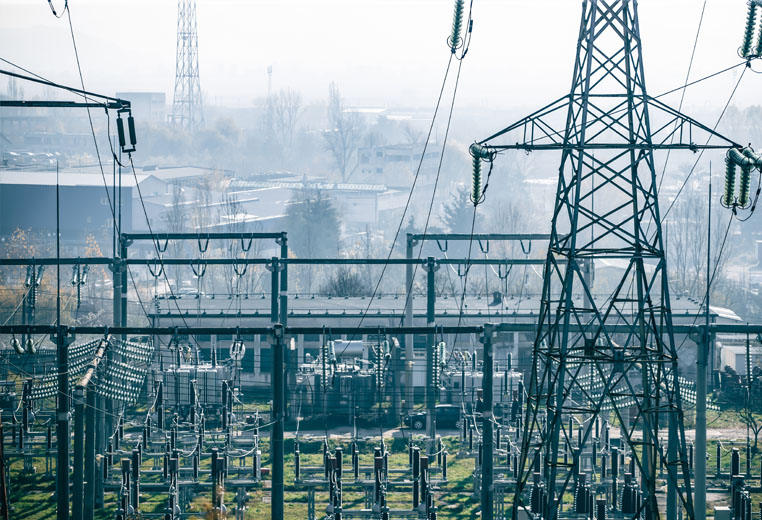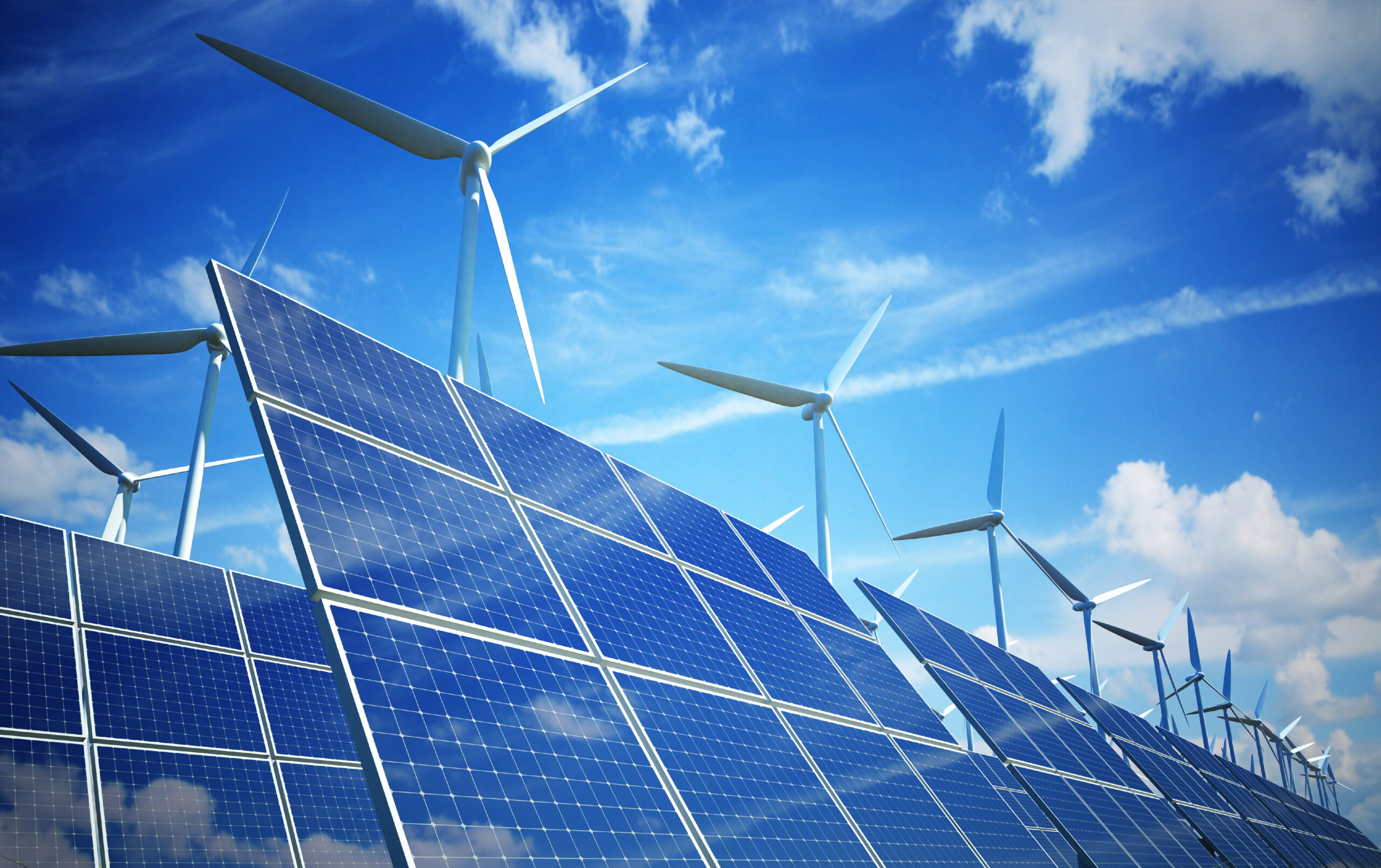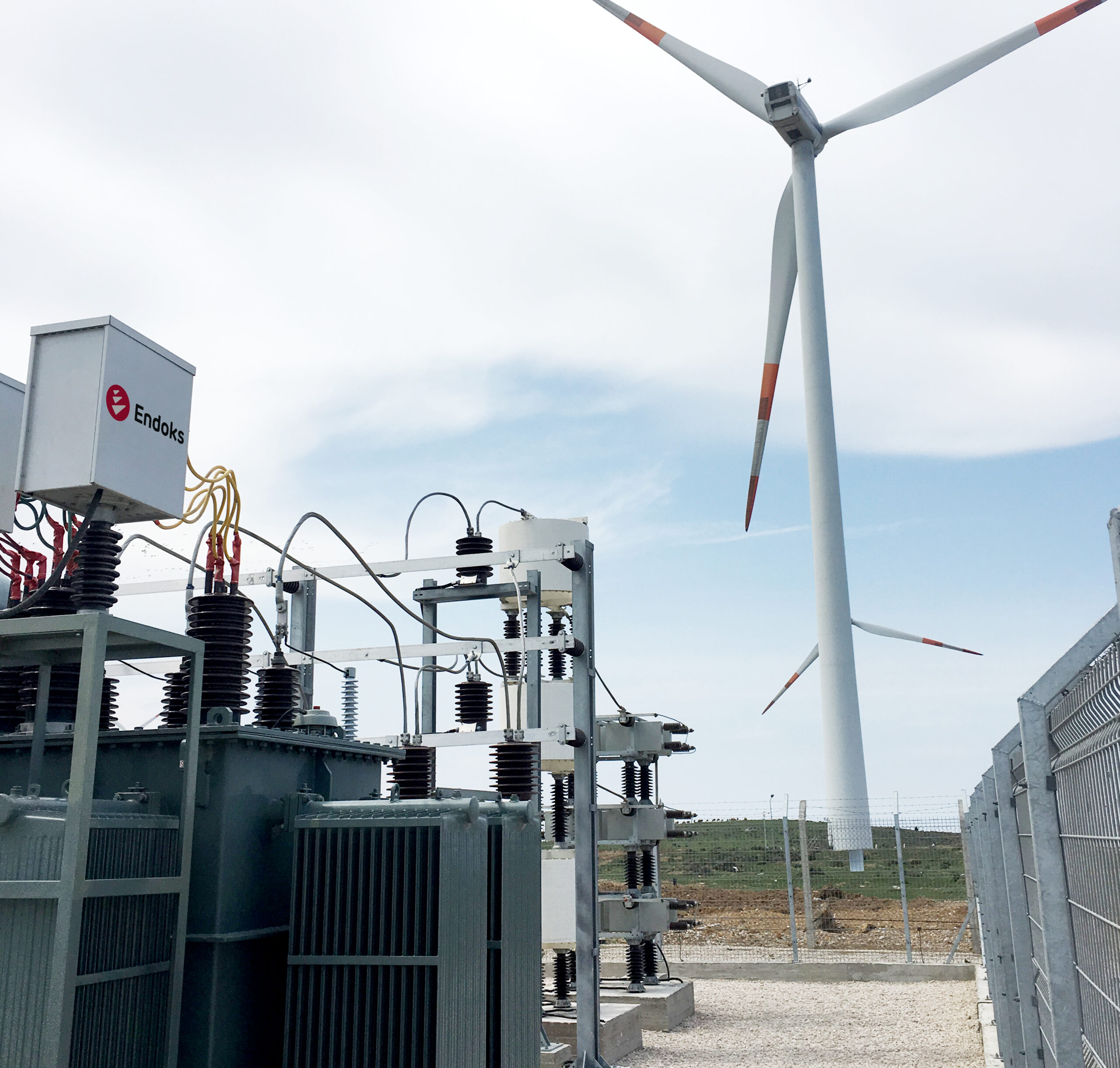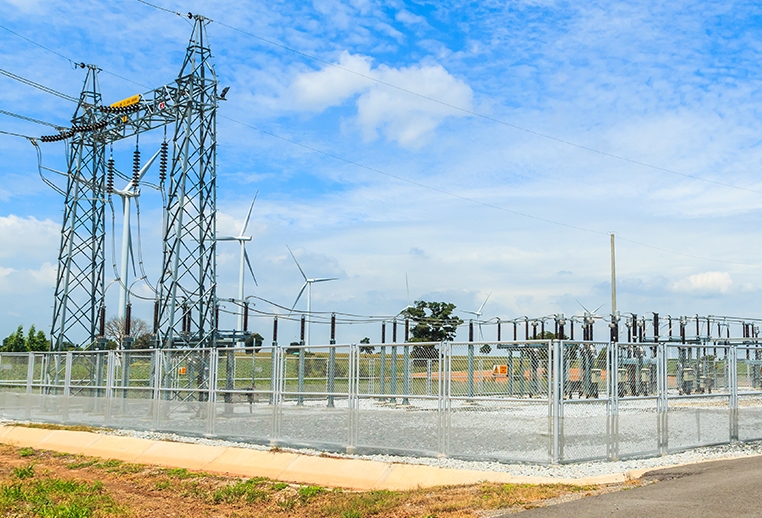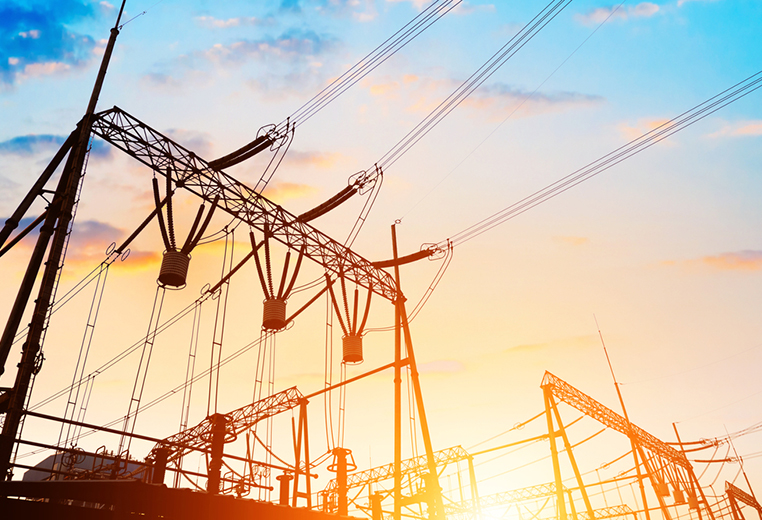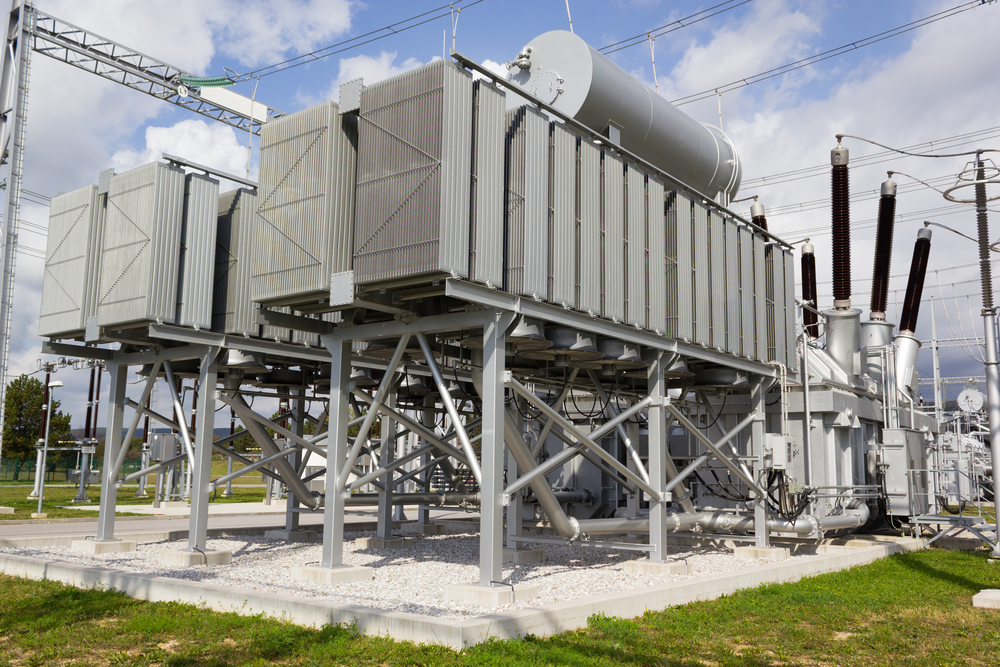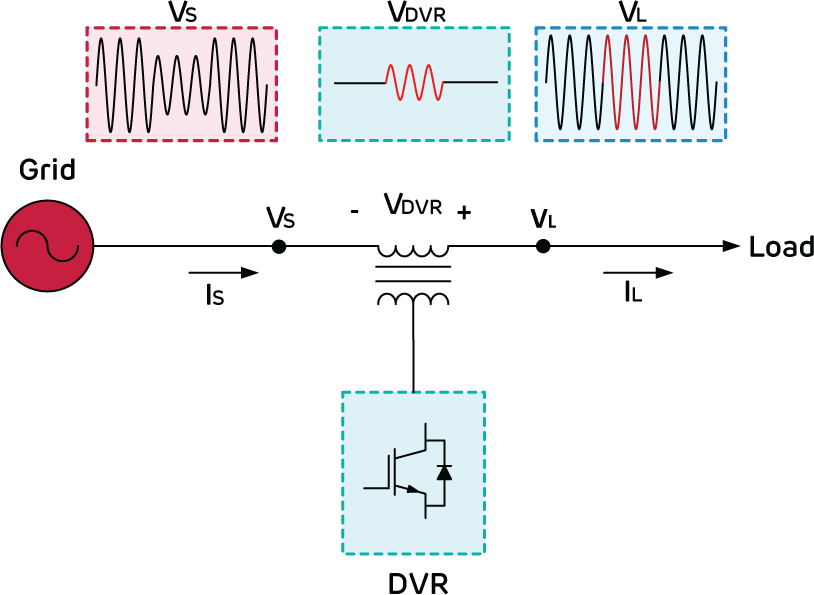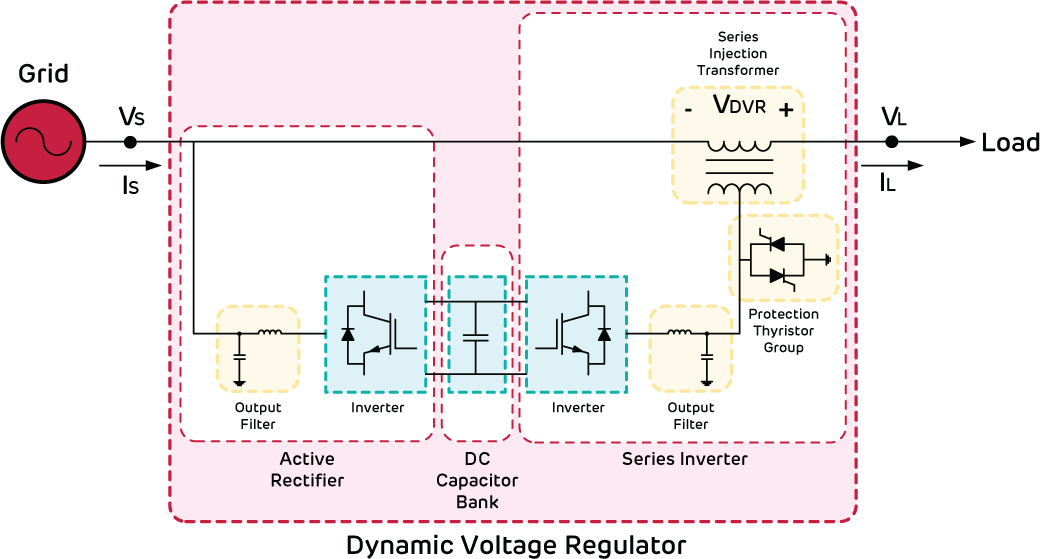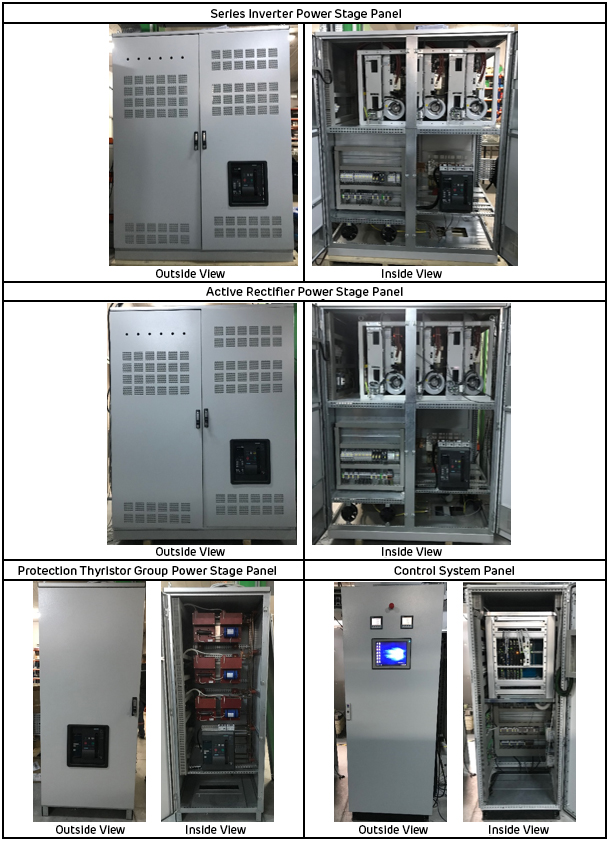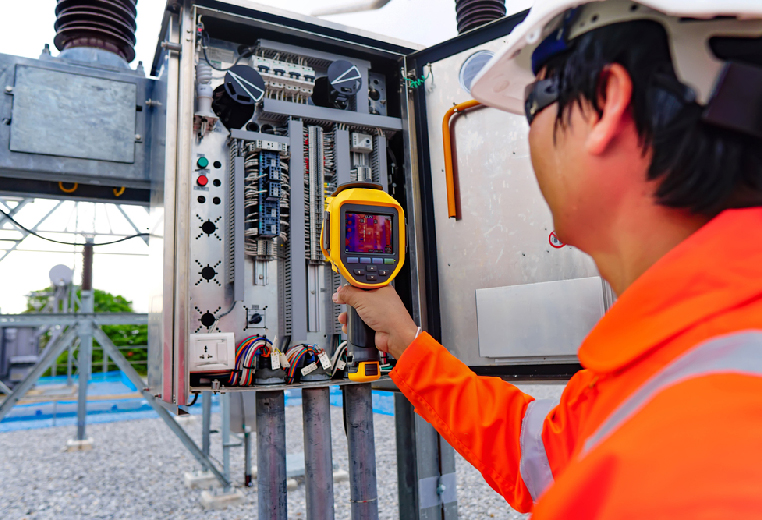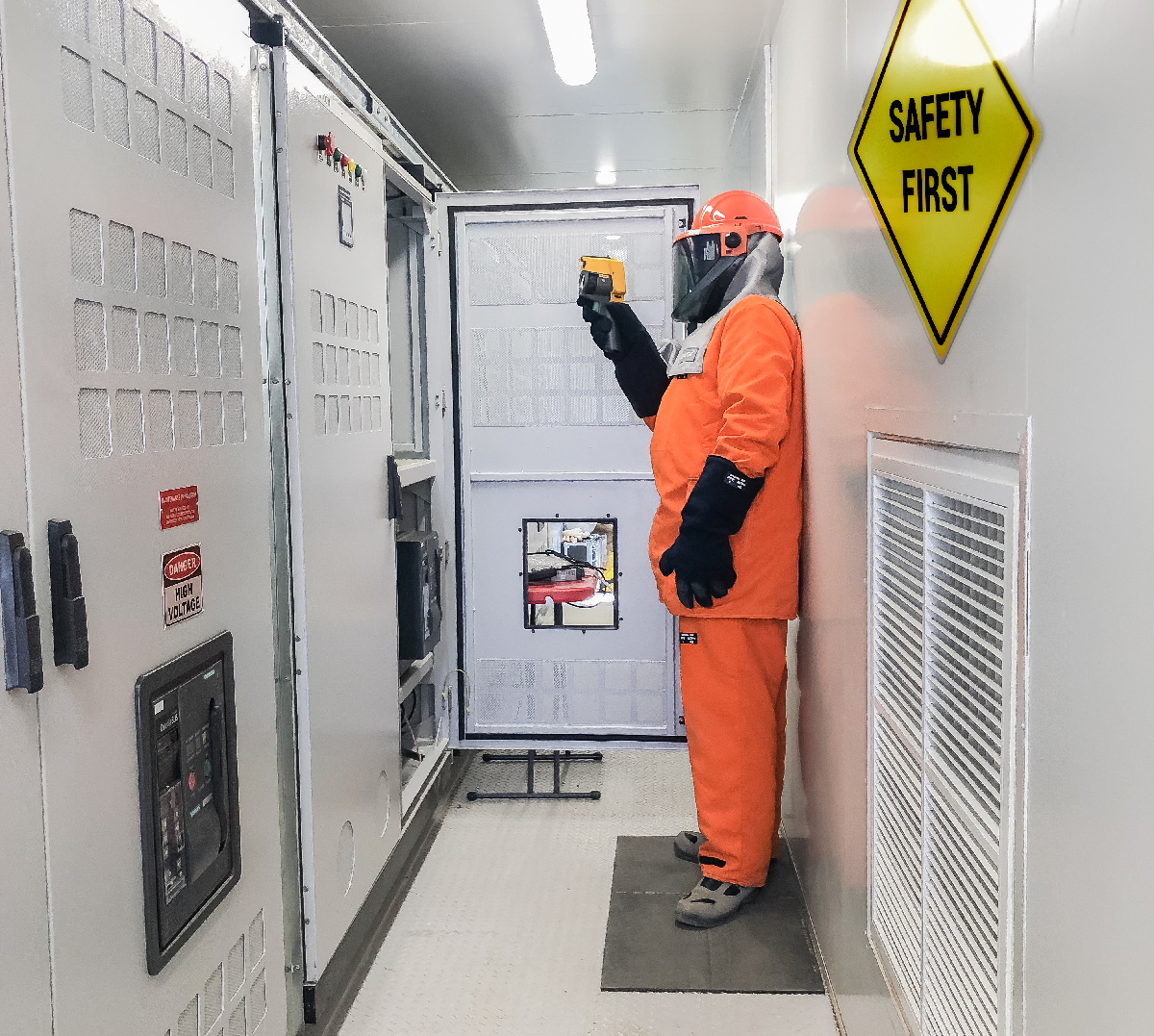How Do Power Quality Issues Affect Your Power Plant?
Power quality problems in your power plant can cause damage to physical objects and cause downtime. There are a wide range of issues which can contribute to financial losses and breakdowns.
- Sags: Transmission faults usually cause drops in voltage in the distribution network. Faulty installations or overloaded connections can also cause this problem.
- Breakdowns: Power interruptions for more than a few seconds can be a result of anything from short circuits, human error, downed power lines, and natural disasters.
- Power Surges: Voltage spikes due to heavy loads, static electricity, or even thunderstorms are very common.
- Fluctuating Voltage: Frequently starting and stopping electric motors can cause voltage fluctuations.
- Line Noise: Line noise can be a result of everything from improper grounding to radiation from electronic machines. Therefore isolating devices is extremely important.
- Harmonic Distortion: Current pulses which are non-sinusoidal can be caused by nonlinear loads
How to Manage Power Quality Issues
In order to manage the myriad power quality issues which can occur in your power plant, you should take certain basic measures.
Proactive Maintenance
Reacting to power breakdowns or equipment faults is the wrong approach. Instead, taking a proactive approach to prevent those problems is a much better alternative. Identifying problems early on like damaged equipment and faulty wiring and fixing them is a better approach. With this approach, you can count on fewer power disruptions and power quality issues.
Covering the Basics
There are 3 basic things you can do to manage power quality issues:
Energy Management
Instituting a power quality analyzer to manage energy in your power plant is energy management 101. It’ll not only help you optimize power distribution, but also reduce waste and allocate resources better.
Cataloguing Data and Extracting Insights
With the proliferation of IoT, it’s important to have devices which catalogue data from your power plant 24/7. With these, you can get data in real time that you can analyze and react to. Extracting insights from this data can allow you to reduce power quality issues.
Using Power Protection
Power protection is the third piece of the puzzle. Instituting standard power protection devices can protect your setup from power surges, line noise, etc. This can reduce downtime and save on repair bills.
Custom Solutions
Of course, it’s important to invest in custom solutions like power management algorithms and custom infrastructure. Every power plant is different.
With these steps covered, you can surely reduce power quality problems in your power plant.
Please contact us to learn more about how to tackle power quality issues in your renewable power plants!

